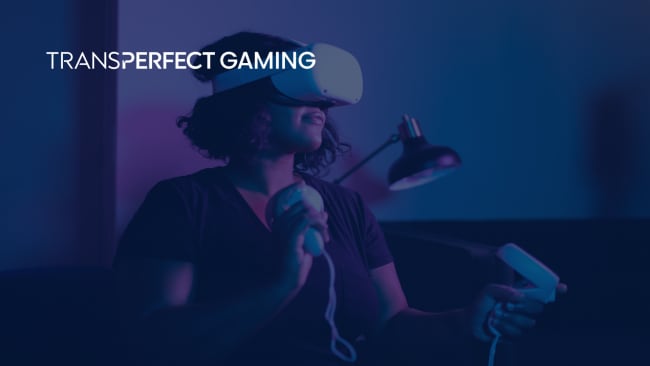How to Generate ROI for Video Game Localization


The global gaming community is growing and globalizing, which gets clearer and clearer every day.
Visit your favorite sports website, and there are pages dedicated to games, gamers, and game developers. In fact, watching others play video games has become a worldwide trend.
From 2019 to 2020, gaming viewers increased 18%, resulting in 1.2 billion gaming video content viewers in 2020 alone.
With this global trend on the rise, gaming localization may be the right move for your game to ensure you reach a larger audience and generate solid return on investment (ROI). However, efficient gaming localization does not have the same approach as it does for other industries, such as legal, life sciences, or retail. Gaming translations require a special touch and strategy to benefit the game producer and players.
Plan Ahead
A quality game plan for localization is critical. The content needs to be thought through at each stage of the process instead of solely focusing on the gameplay.
A common mistake is that developers tend to translate a game description only “excluding the UX” so when a gamer in Poland downloads the game thinking it has a Polish option, the gamer quickly realizes they cannot interact or understand the gameplay and UX as anticipated.
With that in mind, remember, no two games are the same. Just because a game is popular in the US does not mean it will be popular in Spain or Korea.
At the same time, we've seen developers make games intended for English-speaking audiences that performed better in foreign countries. For example, Zombie Ragdoll (originally an English-only game) has most of its players coming from non-English-speaking countries.
While forming your plan for video game localization ROI, remember to base it on your individual game; the genre, the audience, and the outreach create variability in the formula.
However, there are a few key facts to keep in mind:
- 40% of internet users will not shop on websites that aren't in their native language.
- 80% of the world's purchasing power comes from English, Chinese, Japanese, Spanish, German, French, Portuguese, and Italian speakers.
Understand Your Market
Always research the demographic population of your game, the area you want to expand to, and the amount of content you will need to localize. For example, in 2020, Brazil sold just under half as many video games as France.
Not all games are played equally. If your game only has limited translation requirements, you may experience greater ROI. These markets might not always be where you think. For instance, countries such as Australia, Mexico, Indian, Thailand, Taiwan, and Brazil have some of the highest download rates outside of the popular markets.
Understand Your Gamer
Before localizing your content, understand if it is the proper format for your audience.
For example, nearly 60% of console-dominant gamers spend their time playing offline single-player campaigns. Focusing on the console publications may make more sense than the potentially easier localization of a less complex mobile game. However, the Arcade & Action, Brain & Puzzle, or Cards & Casino categories are the most popular for mobile gamers of all types.
Lastly, market demand based on region and regional language can always be found and is a vital data point while deciding to localize your game.
Understand Foreign Laws & Policies
Before assuming you can deploy a game in a particular region of the world, be sure to utilize a team of experts who understand the laws and policies of language in each country. In some countries, regional languages are now acknowledged by law in the media and entertainment industries.
Focus on Quality & Translation Memory
High quality localization is priceless; projects with endless revisions, pushed back dates, and poor-quality translations are everywhere. Getting the job done right the first time is integral to maintaining ROI while localizing and keeping your deadlines on track.
A good localization vendor should provide you with a team of translators who are familiar with the content, play the content, and know the project's vision. Using the same vendor multiple times can help you build translation memory (TM) automation and term glossaries. Using these tools reduces project costs since you won’t be paying for the legal copy or taglines repeatedly; vendors can provide a glossary of these terms to save time and money.
Your game plan can now take shape; although some mathematical formulas can provide insight on a solid case for ROI on a game's localization, there is no pure science. But to better engage with your market and expand the availability of your game's offering to the world, localization is certainly important, either through visual or audible aid to assist the gamer.
Do you need help localizing your video game content? Contact TransPerfect Gaming Solutions today.



